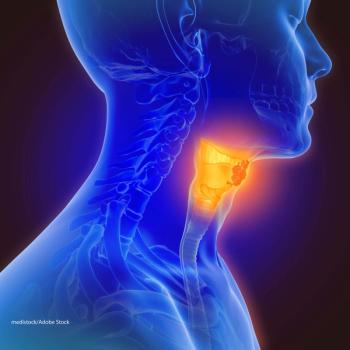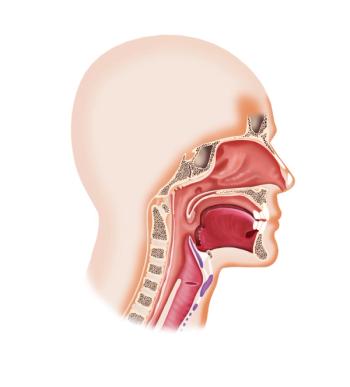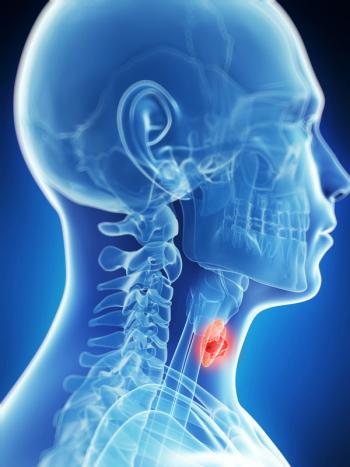
Examining the Potential of Preoperative CT Lymphography with ICG in Oral Cancer
Potential new developments have been made in detecting sentinel lymph nodes for patients with localized oral cancers.
The majority of patients with localized squamous cell carcinoma of the tongue had at least one sentinel lymph node (SLN) successfully identified and removed using preoperative computed tomography (CT) lymphography and intraoperative indocyanine green (ICG) fluorescence, according to a small
According to Kohei Honda, MD, of Hiigata University Graduate School of Medical and Dental Sciences, in Akita, Japan, and colleagues, this combined method “has the potential to provide clear visualization with high sensitivity, even if the SLN is located close to the primary injection site”.
Traditionally, SLN detection is performed using preoperative lymphoscintigraphy with radioisotopes and intraoperative γ-probe detection with or without blue dye mapping. However, the use of radioisotopes has its disadvantages, including exposure to radiation, high cost, and masking of SLN because of shine-through radioactivity when close to the injection site.
Honda and colleagues tested the usefulness of SLN biopsy with preoperative CT lymphography and intraoperative ICG. The study included 18 patients with previously untreated cN0 tongue cancer. All patients underwent CT lymphography prior to SLN biopsy. During biopsy, a minimum skin incision was made according to a predetermined location of SLN and SLN were excised under ICG guidance.
Of the 18 patients, SLN could be mapped using preoperative CT lymphography in 16 patients (89%), in whom at least one SLN was identified and removed using intraoperative ICG.
Metastases to SLN were found in 5 of the 16 patients (31%). There were two patients with T1N0 and three with advanced T2N0.
Of the 30 SLNs removed, 80% were identified by preoperative CT lymphography and intraoperative ICG methods, 17% by ICG methods alone, and 3% by CT lymphography alone.
“In a previous study, we performed preoperative SLN mapping using CT lymphography and an intraoperative blue dye method for early tongue cancer. The identification ratio in finding the SLN using the intraoperative blue dye method was 67%,” the researchers wrote. “We could therefore improve the intraoperative detection rate from 67% to 100% using ICG instead of blue dye.”
Furthermore, a method free of radioisotopes could offer patients a lower cost, freedom from radiation, and no need for facility approval.
In an
“Use of CT lymphography may have a future in lymphatic drainage mapping of localized oral cancer and might become a high-resolution alternative for standard lymphoscintigraphy using radioisotopes if specific nuclear medicine facilities are not available, use of radioisotopes is not wanted or needed, or the shine-through phenomenon must be avoided,” they wrote. “However, intraoperative localization of the SLNs by matching CT lymphography with other nonradioactive techniques, such as ICG fluorescence imaging is challenging.”
Newsletter
Stay up to date on recent advances in the multidisciplinary approach to cancer.















































































